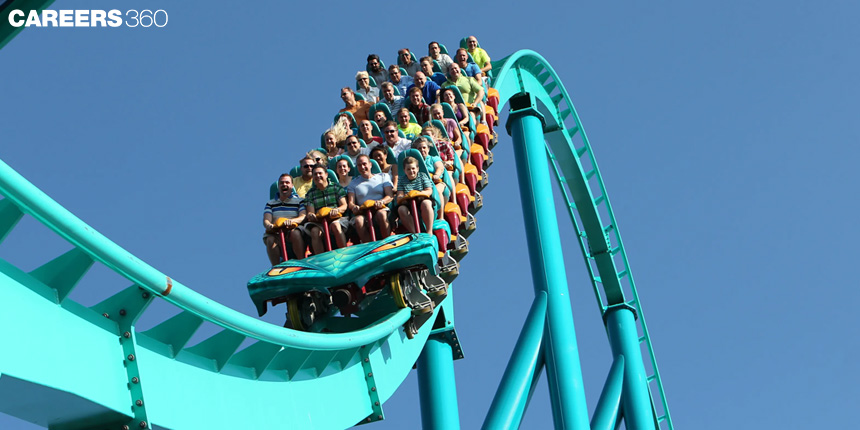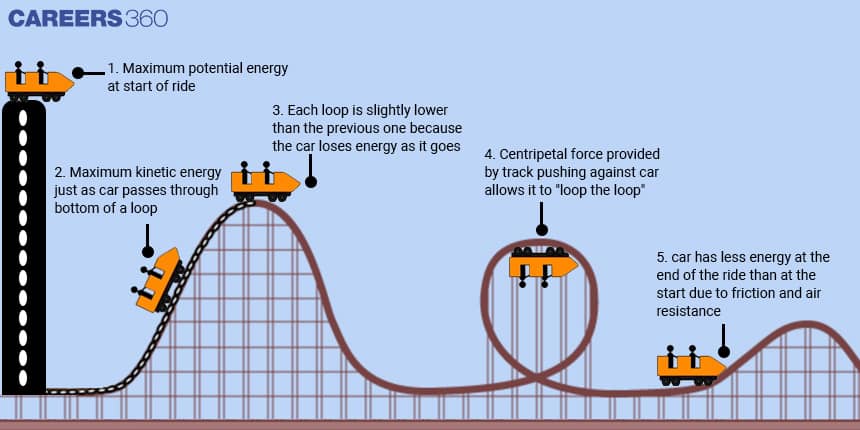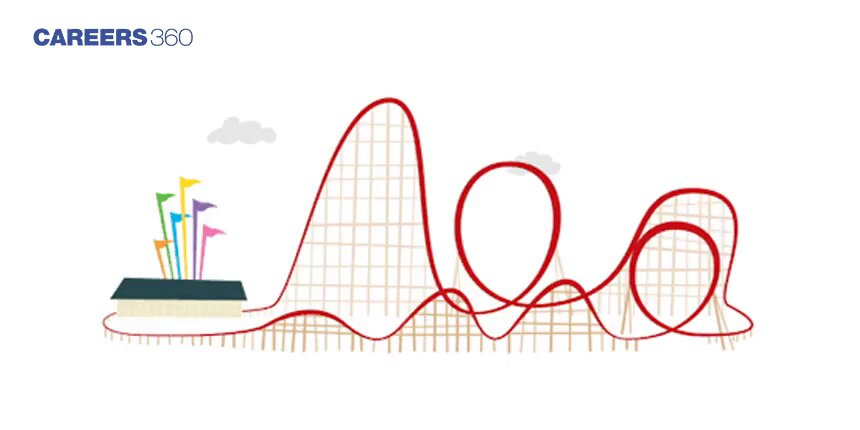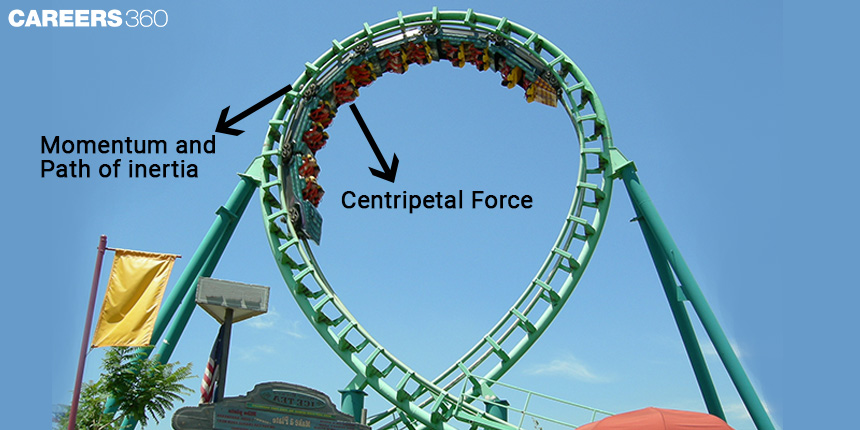Potential and Kinetic Energy: The Physics Behind Roller Coasters
Roller coasters are a thrilling form of entertainment for people of all ages. They are a symbol of adventure that everyone should try at least once in their lifetime. While they may seem simple, roller coasters are complex machines that operate on the principles of physics. One of the key concepts of physics involved in roller coasters is potential and kinetic energy.

Have you ever wondered how roller coasters are able to go from a complete stop to full speed in just a few seconds? Or how they are able to navigate steep drops and sharp turns while still providing a safe ride? The answer to these questions lies in the principles of potential and kinetic energy.
So come along for the ride and delve into the amazing physics of roller coasters and discover the potential and kinetic energy at work.
Also Read- Differential Equations And Motion Of A Space Vehicle
Physics Of Roller Coasters
Let’s understand the physics of roller coasters and their work with the help of the illustration which is given below.

Roller coasters are unique in that they don't have an engine or power source of their own. Instead, they rely on the initial energy provided by the lift hill to get the ride started. This initial energy is stored as potential energy due to the height of the coaster, and as it descends and picks up speed, it is converted into kinetic energy.
The forces of inertia, gravity and centripetal force all play a role in the experience of a roller coaster. Inertia determines how a body will continue moving in a straight line unless acted upon by an external force. Gravitational force pulls the coaster and its riders downward, while centripetal force is responsible for the circular motion of the coaster as it goes through turns.
The centripetal force keeps the coaster car moving in a circular path as it goes through turns. This force acts inward, towards the centre of the turn, and is equal to the mass of the car multiplied by its acceleration. Friction and air resistance also play a role, as they can slow down the coaster car and affect its speed.
Throughout the ride, the law of conservation of energy states that the total energy of the system must remain constant. This means that as the potential energy of the coaster decreases due to its height, the kinetic energy increases to compensate, giving the coaster its speed and thrill.
The roller coaster cars accumulate a significant amount of potential energy by being lifted to the summit of the initial hill. The formula for potential energy is expressed as:
PE = mgh
where:
PE = potential energy
m = mass of the object
g = acceleration due to gravity (9.8 m/s2 at the Earth's surface)
h = height of the object above the ground
This equation demonstrates that the potential energy stored in an object is directly proportional to its mass, the acceleration due to gravity, and the height of the object above the ground. As the roller coaster cars are lifted to the top of the first hill, they are storing a large amount of potential energy due to their height.

As they descend, this potential energy is gradually converted into kinetic energy, providing the speed and thrill of the ride.The cars are driven downhill by the force of gravity, and as they descend, they pick up speed and acceleration. The height of the first drop from the first hill is a key factor in determining the speed of the coaster cars. The longer the drop, the greater the acceleration due to gravity. As the roller coaster cars move along the track, the energy constantly alternates between kinetic energy (energy of motion) and potential energy (stored energy due to height). This back-and-forth conversion of energy is what provides the thrill and excitement of the ride.
Theoretically, the constant conversion of energy means that the roller coaster should never stop, but in reality, this is not the case. The frictional force generated by the wheels rubbing against the track, as well as air resistance and the rattling noise produced by the ride, all consume some of the initial potential energy stored by lifting the coaster to the top of the hill. As a result, the cars eventually run out of energy and come to a stop. To account for this, the loops at the end of the ride are made smaller, allowing the cars to slow down gradually and come to a smooth stop.
Inertia And Centripetal Force
A significant aspect of a roller coaster's motion is due to a force known as centripetal force. This is the force that is directed towards the centre of a circular path and acts upon an object moving in a circular motion, keeping it on track and preventing it from departing from its circular path.

On a roller coaster, when it takes a tight turn, riders feel like they are being pushed away from the loop. This is due to inertia. Even when you are in an upside-down loop, the force of the roller coaster's acceleration during the turn is greater than the pull of gravity. This acceleration force is what keeps you in your seat and prevents you from falling out while you're upside down.
It's important to mention that the design of the loops in a roller coaster must not be circular, but elliptical, as circular loops would generate an excessive centripetal force that would make the ride too intense and uncomfortable for riders.
With an understanding of different forces like inertia, Centripetal Force and the concept of potential and kinetic energy, the next time you ride a roller coaster, you'll be able to recognize why you feel a particular sensation, whether it be excitement, fear, or dizziness.
Also Read- What Role Does Serotonin Have In Our Lives?
Applications for Admissions are open.
As per latest syllabus. Physics formulas, equations, & laws of class 11 & 12th chapters
JEE Main Important Chemistry formulas
Get nowAs per latest syllabus. Chemistry formulas, equations, & laws of class 11 & 12th chapters
JEE Main high scoring chapters and topics
Get nowAs per latest 2024 syllabus. Study 40% syllabus and score upto 100% marks in JEE
JEE Main Important Mathematics Formulas
Get nowAs per latest syllabus. Maths formulas, equations, & theorems of class 11 & 12th chapters
